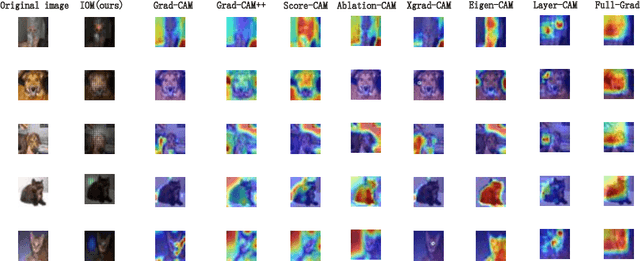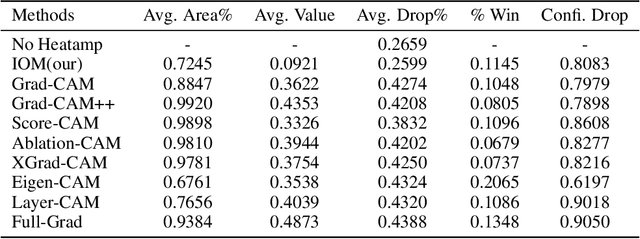Zijian Ying
Looking From the Future: Multi-order Iterations Can Enhance Adversarial Attack Transferability
Jul 02, 2024



Abstract:Various methods try to enhance adversarial transferability by improving the generalization from different perspectives. In this paper, we rethink the optimization process and propose a novel sequence optimization concept, which is named Looking From the Future (LFF). LFF makes use of the original optimization process to refine the very first local optimization choice. Adapting the LFF concept to the adversarial attack task, we further propose an LFF attack as well as an MLFF attack with better generalization ability. Furthermore, guiding with the LFF concept, we propose an $LLF^{\mathcal{N}}$ attack which entends the LFF attack to a multi-order attack, further enhancing the transfer attack ability. All our proposed methods can be directly applied to the iteration-based attack methods. We evaluate our proposed method on the ImageNet1k dataset by applying several SOTA adversarial attack methods under four kinds of tasks. Experimental results show that our proposed method can greatly enhance the attack transferability. Ablation experiments are also applied to verify the effectiveness of each component. The source code will be released after this paper is accepted.
Boost Adversarial Transferability by Uniform Scale and Mix Mask Method
Nov 18, 2023Abstract:Adversarial examples generated from surrogate models often possess the ability to deceive other black-box models, a property known as transferability. Recent research has focused on enhancing adversarial transferability, with input transformation being one of the most effective approaches. However, existing input transformation methods suffer from two issues. Firstly, certain methods, such as the Scale-Invariant Method, employ exponentially decreasing scale invariant parameters that decrease the adaptability in generating effective adversarial examples across multiple scales. Secondly, most mixup methods only linearly combine candidate images with the source image, leading to reduced features blending effectiveness. To address these challenges, we propose a framework called Uniform Scale and Mix Mask Method (US-MM) for adversarial example generation. The Uniform Scale approach explores the upper and lower boundaries of perturbation with a linear factor, minimizing the negative impact of scale copies. The Mix Mask method introduces masks into the mixing process in a nonlinear manner, significantly improving the effectiveness of mixing strategies. Ablation experiments are conducted to validate the effectiveness of each component in US-MM and explore the effect of hyper-parameters. Empirical evaluations on standard ImageNet datasets demonstrate that US-MM achieves an average of 7% better transfer attack success rate compared to state-of-the-art methods.
Understanding CNNs from excitations
May 04, 2022


Abstract:For instance-level explanation, in order to reveal the relations between high-level semantics and detailed spatial information, this paper proposes a novel cognitive approach to neural networks, which named PANE. Under the guidance of PANE, a novel saliency map representation method, named IOM, is proposed for CNN-like models. We make the comparison with eight state-of-the-art saliency map representation methods. The experimental results show that IOM far outperforms baselines. The work of this paper may bring a new perspective to understand deep neural networks.
 Add to Chrome
Add to Chrome Add to Firefox
Add to Firefox Add to Edge
Add to Edge